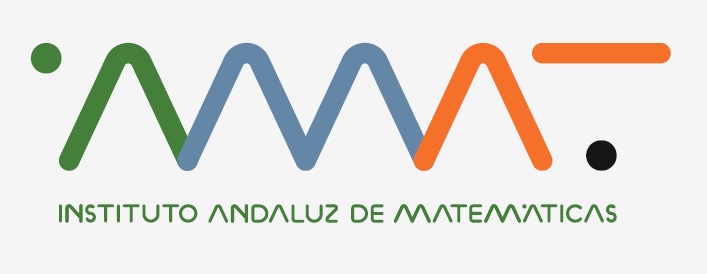

The University of Leicester will be at the heart of the research network. The Department of Mathematics in Leicester has a very strong group in “Geometry and Visualisation” with research expertise of various members of staff (I. Tyukin, F. Neumann, A. Gorban, E. Mirkes) in related areas, with strong interdisciplinary links (e.g. in engineering and chemistry) and industrial applications (KTP grant with Apical Ltd). In particular, we maintain a Visual Intelligence Lab, a facility with equipment for fast visual data processing and 3D projection.

The University of Tsukuba is one of Japan's leading Universities. Moriya's expertise of the interplay of minimal surfaces and Quaternionic Holomorphic Geometry will enhance the project's quaternionic research. The department provides a supportive background of research in geometry, analysis and computational mathematics.

One of the world-leading departments in research on minimal surfaces is located at the University of Granada. The opportunity for scientific exchange and collaboration with top-level experts such as our network partner Professor Martin and his colleagues Ros and Perez will be crucial for the work on the minimal surface aspects of the project.

University College Cork is one of the research lead Universities in Ireland and has an outstanding tradition in Mathematics and Computer Science. Kilian's expert knowledge of spectral data will boost the research on the integrable systems facets of the project. The School of Mathematics at Cork offers a strong research environment for differential equations, imaging and geometry.

The Technical University Munich is one of Europe's top universities, and one of Germany's few Universities of Excellence. The Department of Mathematics is one of the world-leading institutes at the interface of mathematics and applications, and in particular in the field of geometry and visualisation. Hoffmann was part of the developing team of the software jReality, as software for 3D visualisation, and this know-how will be instrumental for the mathematical experiments.
An international research group funded by The Leverhulme Trust
minimal surfaces: integrable systems and visualisation
Led by Dr Katrin Leschke at the University of Leicester, Department of Mathematics; m:iv brings together researchers at five international institutions to work on the study of minimal surfaces: combining the expertise of the network partners in the areas of visualisation, minimal surfaces and integrable systems will allow new approaches in this research area. The network will run a series of seminars, ranging from introductory presentations to detailed talks on specialised results. The seminar series will develop the necessary foundations for the research whilst computer experiments are undertaken. Extended research visits each year will take place between network partners. In addition to the seminar series and research visits, the network will run a programme of workshops, hosted in turn by each network partner highlighting their area of research, with the final workshop taking place at Leicester, where the various strands will be linked together.
What are minimal surfaces?
Minimal surfaces occur in nature: withdrawing a wire loop from soap water, the resulting soap film will minimise the area with the given boundary. Since the introduction of minimal surfaces by Lagrange in 1762, the topic of understanding their shapes and properties has thrived through the contributions of numerous famous mathematicians; however, there are still countless important open problems in this area. The aim of this international research project is to develop new methods by exploiting the link of minimal surfaces to integrable systems and by using computer-based experiments, with the aim of providing new tools to approach the classical Finite Topology Conjecture.
